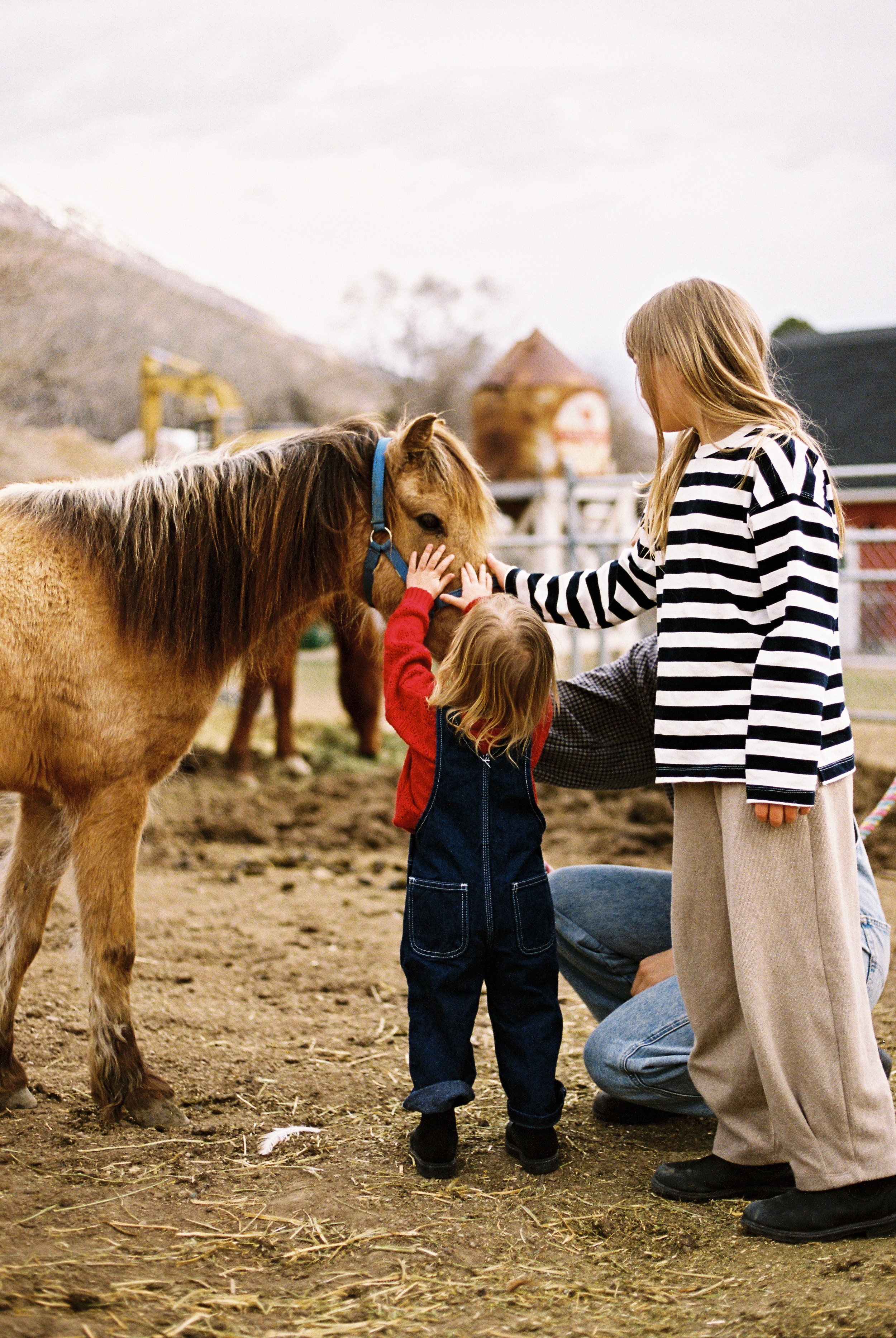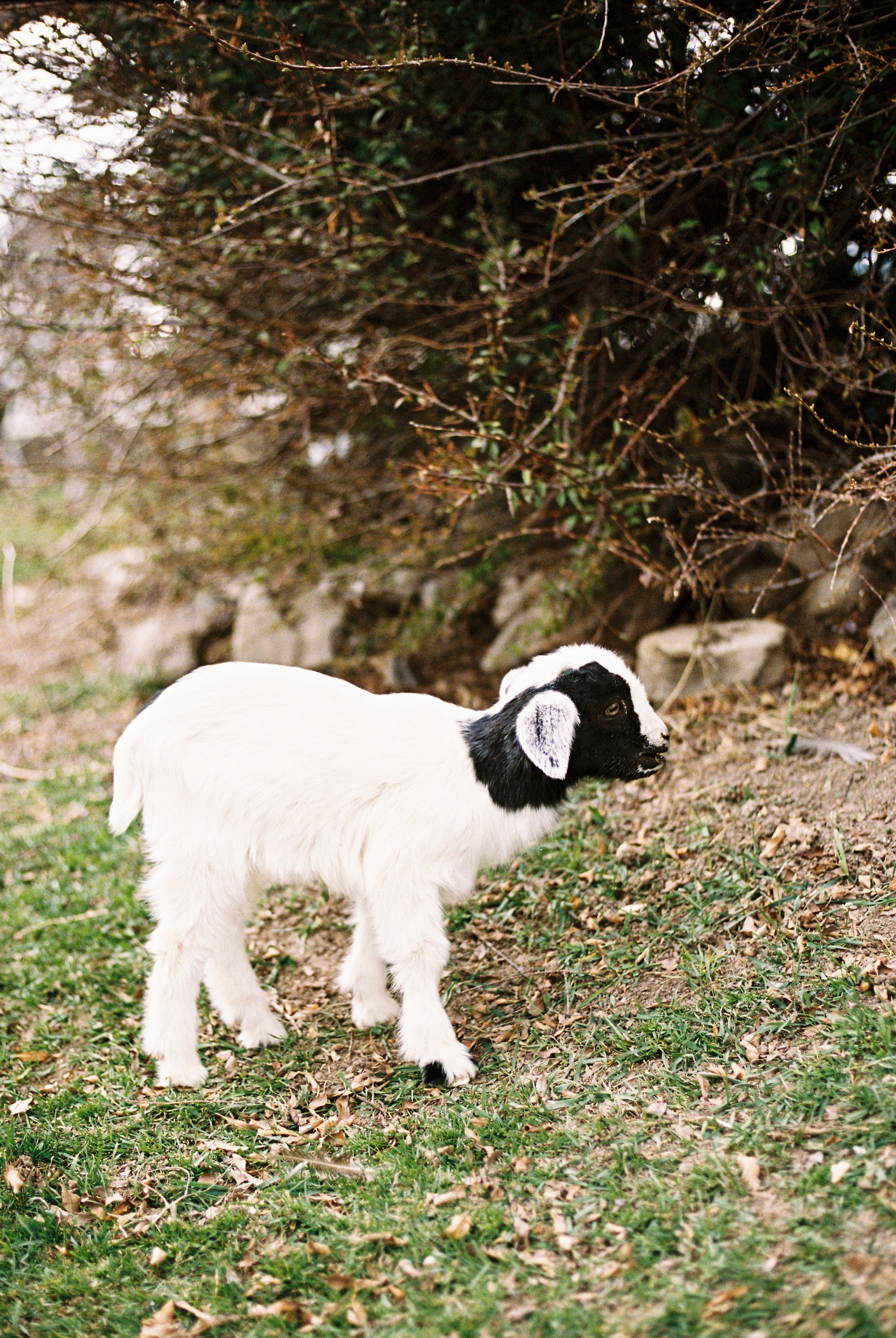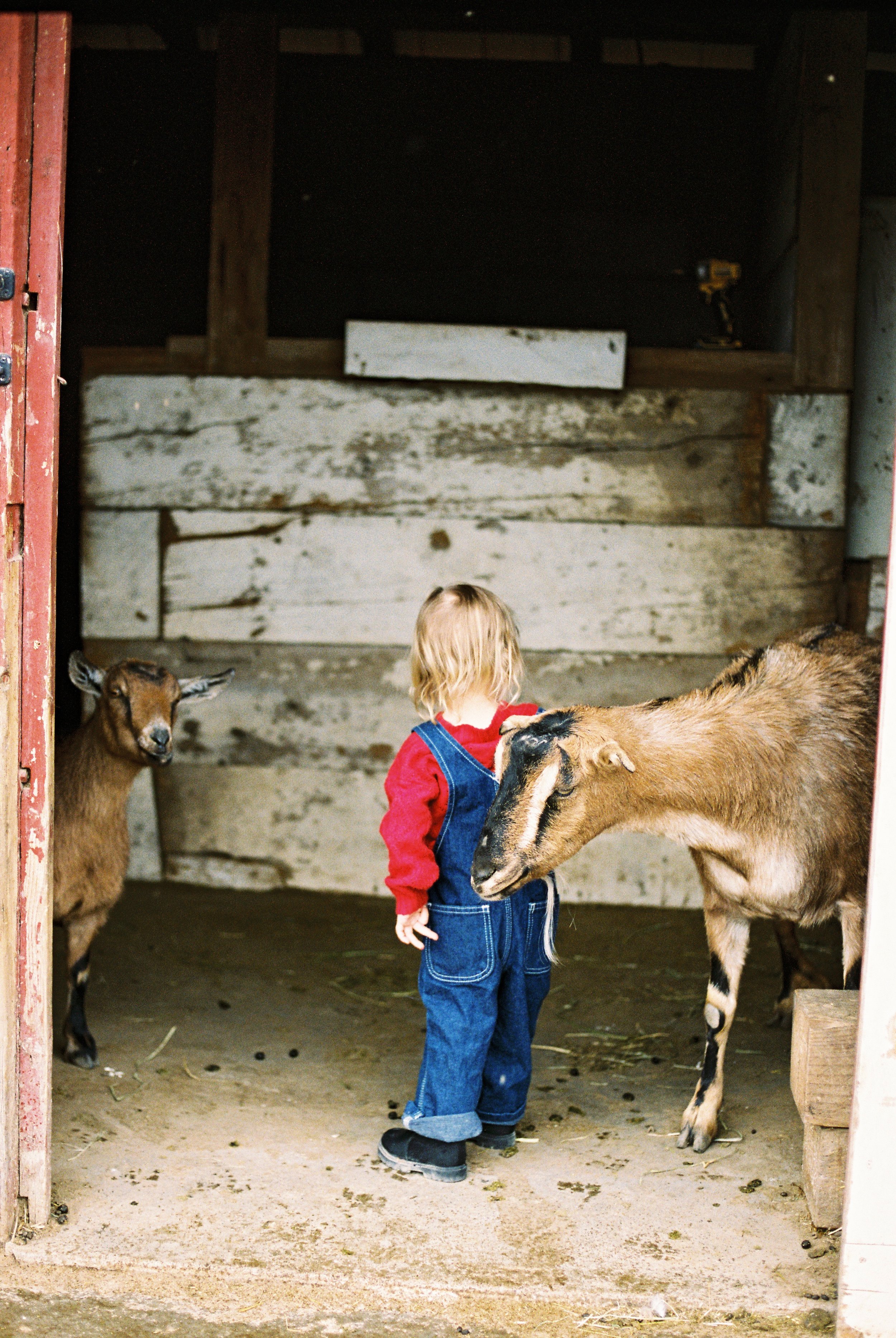
Baby Animal Field Trip
LESSON 1
Children observe and learn about baby animals and their mothers during a field trip and read and discuss stories about animals born in the wild and from eggs.
Baby farm animal scavenger hunt printable (optional).
The book “Born in the Wild” by Lita Judge
The book “Chickens Aren’t the Only Ones” by Ruth Heller
Materials
Coordinate and plan a visit to a local farm, zoo, or nature park.
Preparations
Facilitate a multi-sensory exploration of baby animals and their habitats.
Guide students in observing baby animals, promoting scientific inquiry and observation skills.
Read stories with children and facilitate discussion afterwards promoting listening and comprehension skills.
Provide a safe and supportive environment for students to ask questions, share observations, and express their curiosity about baby animals and their habitats.
Objectives for Teachers
Objectives for Children
Observe and identify baby animals and their mothers during a field trip.
Explore baby animals and their habitats using all five senses.
Engage with stories about animals born in the wild and from eggs, practicing listening and comprehension skills.
Discuss and reflect on newfound knowledge about baby animals, developing critical thinking and communication skills.
Extend learning by watching age-appropriate videos of animal births.

Collect and Connect
Create actions and practice saying the poem ‘The Lamb’ together.
The Lamb
I have a coat,
A lovely coat,
As white as milk,
As soft as silk,
And as warm as a quilt.
I am,
A happy little lamb.
-I. Tupaj

Activity Flow
Begin this activity by telling your child that you will be going on a field trip today! Tell them that they will have the opportunity to observe baby animals and their mothers. If you are using the scavenger hunt printable, give it to your child and ask what animals they know. Allow them to share, then tell them that you will keep an eye out for them and mark any you see. You might not spot them all today, but you can keep searching throughout this unit and the spring months.
Head out on your field trip to observe these cute baby animals and their mothers. Encourage your child to use their 5 senses, checking in occasionally to ask what they hear, smell, feel, see, and possibly taste depending on your field trip location and the experiences they offer. Help your child pay attention to how the animals act, where they live/their enclosure, what they eat, and how they were born.
After the field trip follow up with some questions about the day:
What animals did you see?
Do you have a favorite baby animal?
What did the baby animals eat?
What were the mothers doing?
Where did the baby animals sleep?
4. Sometime after the field trip, perhaps as a bedtime story or even the next day, find a comfortable place to sit down and read the books “Born in the Wild” and “Chickens Aren’t the Only Ones.”
5. Introduce the story “Born in the Wild” by telling your child that this book is about animals born in the wild. The animals in this story you would probably see at a zoo, not a farm. Encourage your child to guess what animals this story might be about. Then read the story together to see if they guessed any.
6. Introduce the story "Chickens Aren't the Only Ones" by explaining to your child that this book is all about animals born from eggs. The title suggests that chickens are not the only animals that hatch from eggs. Ask your child if they know of any other animals that hatch from eggs. Give them a chance to share their ideas, and then read the story together to discover all the different animals that hatch from eggs.
7. After the stories, conclude the lesson by discussing the book. Here are some questions you might ask:
What is something interesting you learned?
What animal is your favorite?
What do baby animals need to survive?
How do baby animals learn?
Extension activity
Find age-appropriate videos of animals giving birth and watch them together.




